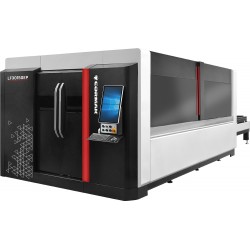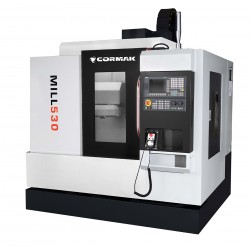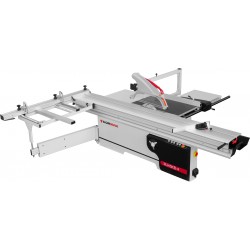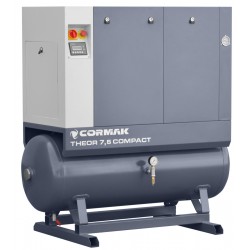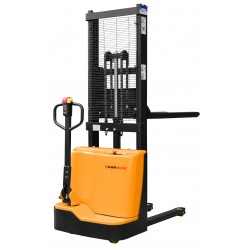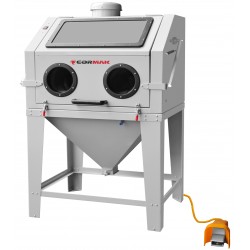CNC Machining Center Programming: The Art of Creating Precision
Programming CNC (Computer Numerical Control) machining centers is one of the foundations of modern manufacturing. From precision metalworking to the creation of complex parts used in the aerospace industry, proper programming is key to the efficiency and accuracy of any CNC machine.
Basics of CNC Programming
CNC programming differs significantly from traditional machining methods. Here, instead of direct human intervention, a computer is responsible for controlling the machine tools according to precisely programmed instructions. A CNC programmer must not only understand the properties of the material being machined but also be proficient in using programming languages like G-code, which tells the machine what movements to make, at what speed, and along what trajectory.
The Role of CAD and CAM in CNC Programming
Modern CNC programming utilizes advanced CAD (Computer-Aided Design) and CAM (Computer-Aided Manufacturing) software for design and production. These tools allow for the visualization of the project in three dimensions, which is crucial when creating complex forms. CAD enables designers to create structural details on a computer screen, while CAM translates these designs into instructions for the CNC machine.
Optimizing Production Processes
CNC programming not only enables precise cutting or milling but also optimizes the entire production process. By simulating machining on a computer screen, production errors can be avoided, and material waste can be minimized, which is crucial for economically justified production.
Challenges and Solutions in CNC Programming
Despite its many advantages, CNC programming comes with certain challenges. One of these is the need for continuous training and updating of programmers' knowledge to keep up with the latest technologies and software. Additionally, complex projects may require time-consuming programming, which increases production costs.
The Future of CNC Programming
The future of CNC programming looks promising, with growing possibilities for integration with AI (Artificial Intelligence) systems that can further automate and optimize production processes. The ability to program machines for self-learning and adaptation to new tasks opens up new horizons for innovation and efficiency.
Questions and Answers
What are the main benefits of automating CNC programming?
- Automation significantly increases precision, efficiency, and reduces production time, while minimizing human errors and material waste.
Is CNC programming difficult to learn?
- CNC programming requires an understanding of both machine operation and CAD/CAM software, which can be challenging, but there are many courses and training programs available to facilitate learning.
What programming languages are used in CNC?
- The most common language is G-code, but manufacturers often offer their own machine-specific programming languages.
Does the future of CNC programming depend on AI?
- Yes, integrating AI with CNC systems can further enhance automation, precision, and machine adaptability, which is crucial for the continued development of this technology.
What are the career prospects for CNC programmers?
- With the demand for precision manufacturing, career prospects for skilled CNC programmers are very promising, especially in industries such as aerospace, automotive, and medical.
Conclusions
CNC machining center programming is crucial for modern manufacturing. The development of technology and software continues to open new possibilities for the industry, and skills related to CNC programming are increasingly valued in the job market. Investing in learning and developing skills in this area is a step toward a future full of innovation and efficiency.

